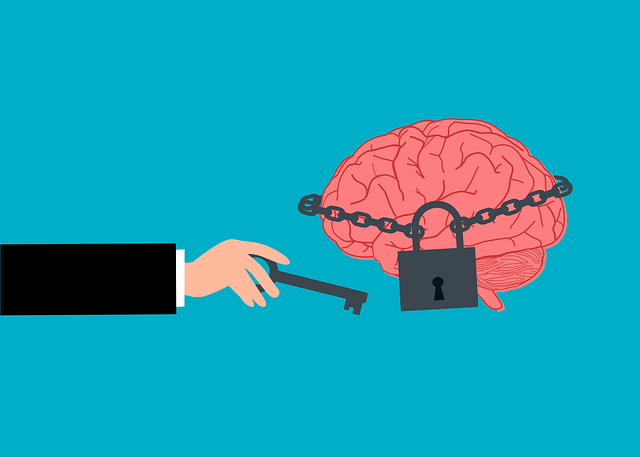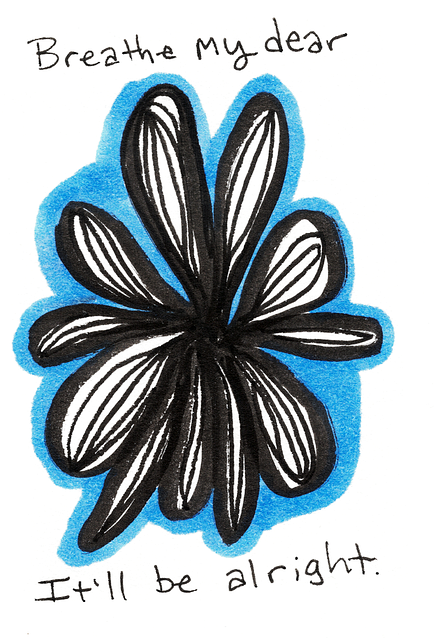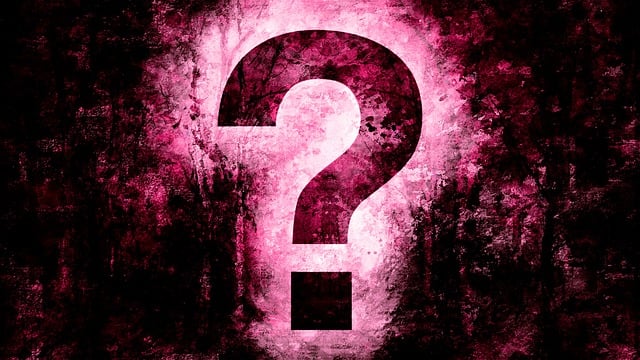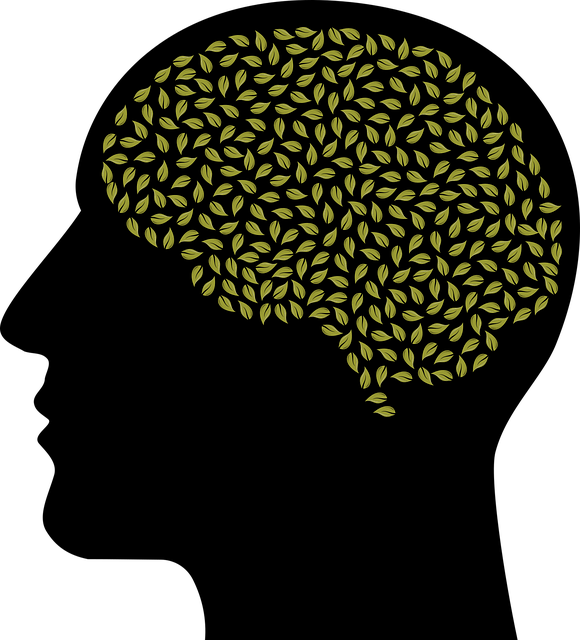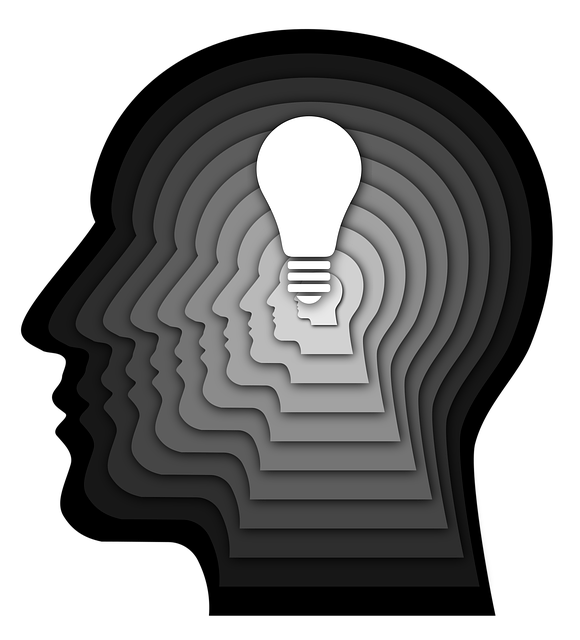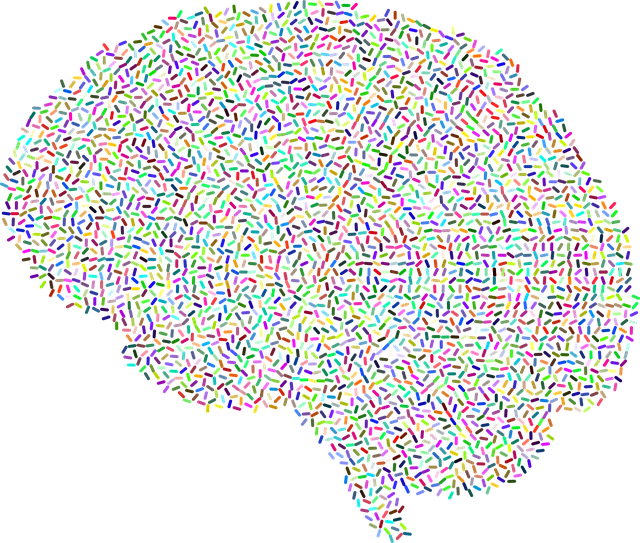Mental wellness, influenced by daily life and decision-making, is enhanced by evidence-based practices like Eye Movement Desensitization and Reprocessing (EMDR) offered by Lone Tree EMDR Certified Therapists. Cultural competency training in healthcare fosters understanding of diverse mental wellness impacts. Journaling, a powerful tool for emotional processing, aids trauma support and stress reduction by increasing self-awareness and clarity. Integrating EMDR techniques with journaling under professional guidance can significantly improve therapy outcomes. Personalized journaling routines, beginning with suitable equipment placement, track moods and experiences, boosting confidence in managing stress. Consistent journaling fosters self-awareness, emotional intelligence, and stress management, beneficial for depression or prevention. Overcoming initial challenges is crucial to adopting this habit for improved overall well-being, supported by mental health awareness campaigns.
Unwind your mind and embark on a journey of self-discovery with mental wellness journaling. This powerful tool offers a sanctuary where you can process emotions, reflect on experiences, and cultivate inner peace. In this guide, we explore the profound impact of mental wellness on daily life and how journaling can serve as an effective therapeutic practice. Discover strategies incorporating EMDR techniques, from setting up your journal to establishing a consistent routine, inspired by Lone Tree EMDR Certified Therapy.
- Understanding Mental Wellness and Its Impact on Daily Life
- The Benefits of Journaling for Emotional Processing
- Incorporating EMDR Techniques into Your Journaling Practice
- Setting Up Your Journal: Tools and Tips for Success
- Cultivating a Consistent Routine: Overcoming Challenges and Staying Committed
Understanding Mental Wellness and Its Impact on Daily Life

Mental wellness is a crucial aspect of overall health and well-being, influencing how we think, feel, and act each day. It encompasses our emotional, psychological, and social state, affecting our ability to cope with stress, make choices, and relate to others. Understanding mental wellness involves recognizing its dynamic nature; it’s not merely the absence of mental illness but a spectrum that includes positive emotions, resilience, and overall life satisfaction.
In today’s fast-paced world, where demands on our time and energy are high, prioritizing mental wellness can be challenging. This is where practices like Lone Tree EMDR Certified Therapy prove invaluable. By integrating evidence-based techniques, such as Eye Movement Desensitization and Reprocessing (EMDR), therapy becomes a powerful tool for managing and improving mental health. Additionally, cultural competency training for healthcare providers, including those specializing in mental health, plays a significant role in fostering a supportive environment that respects diverse backgrounds, enhances understanding of cultural influences on mental wellness, and promotes effective stress management tailored to individual needs.
The Benefits of Journaling for Emotional Processing

Journaling has long been recognized as a powerful tool for emotional processing and mental wellness. For individuals seeking trauma support services or exploring stress reduction methods, this simple yet profound practice can offer significant benefits. By putting pen to paper, one can untangle complex emotions, gain clarity, and foster self-awareness—all essential aspects of the healing process.
Engaging in regular journaling allows for the safe exploration of thoughts and feelings, helping to externalize and make sense of internal experiences. This act of reflection encourages individuals to connect with their emotions, identify patterns, and develop healthier coping strategies. Moreover, integrating compassion cultivation practices into journaling can further enhance emotional well-being, fostering a sense of self-acceptance and kindness towards oneself. As Lone Tree EMDR certified therapy attests, this methodical approach to processing emotions can be transformative, enabling individuals to navigate their mental health journeys with increased resilience.
Incorporating EMDR Techniques into Your Journaling Practice

Incorporating Eye Movement Desensitization and Reprocessing (EMDR) techniques into your mental wellness journaling practice can significantly enhance its therapeutic benefits, especially with the guidance of a Lone Tree EMDR Certified Therapist. This powerful approach, initially developed to help individuals process traumatic memories, now offers valuable insights into emotions and past experiences. By combining free writing or structured journaling prompts with bilateral stimulation—such as eye movements or taps—you can facilitate profound shifts in perspective and reduce distressing feelings.
When incorporating EMDR into your Mental Wellness Journaling Exercise Guidance, it’s crucial to begin with a comprehensive risk assessment for mental health professionals. This ensures the safety and well-being of both the therapist and client during the process. Through thoughtful integration, you can harness the power of journaling to explore and heal, ultimately supporting better mental health outcomes as part of a well-designed Mental Health Education Program.
Setting Up Your Journal: Tools and Tips for Success

Setting up your journal is a crucial step in starting your mental wellness journey. It’s like creating a safe space where you can openly explore your thoughts and emotions, much like a Lone Tree EMDR Certified Therapist would guide you through complex issues. Choose a journal that feels comfortable to hold and write in—a nice notepad, a leather-bound book, or even a digital document if that’s what helps you stay consistent. Ensure it’s easily accessible, perhaps near your bed or on your desk, to make writing a habit.
Consider personalizing your journal by including prompts or questions tailored to your specific needs. This could be anything from tracking daily moods and experiences to setting small goals for building confidence or managing stress. For instance, you might start each entry with a simple question like, “How am I feeling today?” or “What’s one thing I’m proud of?” Regularly reviewing these prompts can help in identifying patterns and triggers, enhancing your self-awareness, and facilitating effective risk management planning for mental health professionals—all key aspects in navigating your mental wellness journey.
Cultivating a Consistent Routine: Overcoming Challenges and Staying Committed

Cultivating a consistent journaling routine can be transformative for mental wellness. It provides a dedicated space to process thoughts and emotions, fostering self-awareness and emotional intelligence. This practice becomes a powerful tool in managing stress and overcoming challenges, offering a sense of calm amidst life’s storms.
For those striving to maintain commitment, especially when dealing with issues like depression or seeking depression prevention strategies, a structured journaling routine can be a game-changer. Similar to the benefits of Lone Tree EMDR Certified Therapy, this simple yet profound practice encourages reflection and self-care. Overcoming initial challenges and staying committed is key; public awareness campaigns development around mental health can further motivate individuals to embrace this habit as a means to enhance overall well-being.
Mental wellness journaling can be a powerful tool for navigating life’s challenges, as evidenced by the benefits of emotional processing and techniques like EMDR. By incorporating these practices into your routine, you can foster resilience and improve overall well-being. Whether you’re seeking support or looking to enhance your self-care, Lone Tree EMDR Certified Therapy offers guidance tailored to your needs. Remember, consistency is key; with dedication, you can transform journaling into a meaningful habit that enriches your daily life.

